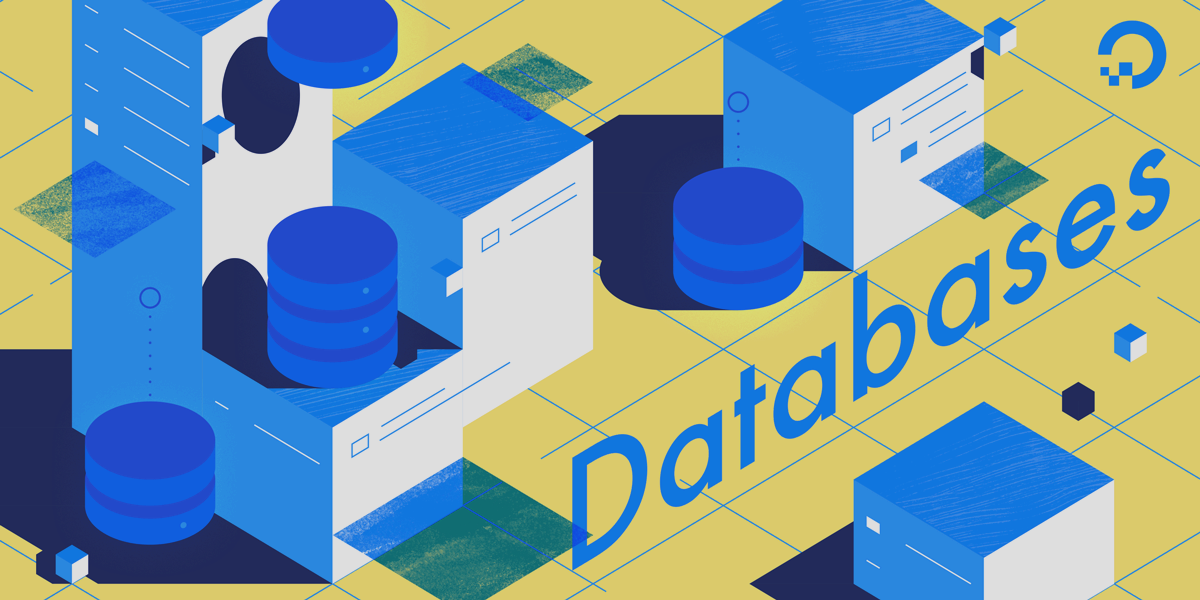- Log in to:
- Community
- DigitalOcean
- Sign up for:
- Community
- DigitalOcean
By Mark Drake
Manager, Developer Education

The most common cause of crashes in MySQL is that it stopped or failed to start due to insufficient memory. To check this, you will need to review the MySQL error log after a crash.
First, attempt to start the MySQL server by typing:
- sudo systemctl start mysql
Then review the error logs to see what’s causing MySQL to crash. You can use less to review your logs, one page at a time:
- sudo less /var/log/mysql/error.log
Some common messages that would indicate an insufficient amount of memory are Out of memory or mmap can't allocate.
Potential solutions to an inadequate amount of memory are:
-
Optimizing your MySQL configuration. A great open-source tool for this is MySQLtuner. Running the MySQLtuner script will output a set of recommended adjustments to your MySQL configuration file (
mysqld.cnf). Note that the longer your server has been running before using MySQLTuner, the more accurate its suggestions will be. To get a memory usage estimate of both your current settings and those proposed by MySQLTimer, use this MySQL Calculator. -
Reducing your web application’s reliance on MySQL for page loads. This can usually be done by adding static caching to your application. Examples for this include Joomla, which has caching as a built-in feature that can be enabled, and WP Super Cache, a WordPress plugin that adds this kind of functionality.
-
Upgrading to a larger VPS. At minimum, we recommend a server with at least 1GB of RAM for any server using a MySQL database, but the size and type of your data can significantly affect memory requirements.
Take note that even though upgrading your server is a potential solution, it’s only recommended after you investigate and weigh all of your other options. An upgraded server with more resources will likewise cost more money, so you should only go through with resizing if it truly ends up being your best option. Also note that the MySQL documentation includes a number of other suggestions for diagnosing and preventing crashes.
Thanks for learning with the DigitalOcean Community. Check out our offerings for compute, storage, networking, and managed databases.
Tutorial Series: How To Troubleshoot Issues in MySQL
This guide is intended to serve as a troubleshooting resource and starting point as you diagnose your MySQL setup. We’ll go over some of the issues that many MySQL users encounter and provide guidance for troubleshooting specific problems. We will also include links to DigitalOcean tutorials and the official MySQL documentation that may be useful in certain cases.
Browse Series: 6 tutorials
About the author
Former Technical Writer at DigitalOcean. Focused on SysAdmin topics including Debian 11, Ubuntu 22.04, Ubuntu 20.04, Databases, SQL and PostgreSQL.
Still looking for an answer?
This textbox defaults to using Markdown to format your answer.
You can type !ref in this text area to quickly search our full set of tutorials, documentation & marketplace offerings and insert the link!
- Table of contents
Deploy on DigitalOcean
Click below to sign up for DigitalOcean's virtual machines, Databases, and AIML products.
Become a contributor for community
Get paid to write technical tutorials and select a tech-focused charity to receive a matching donation.
DigitalOcean Documentation
Full documentation for every DigitalOcean product.
Resources for startups and SMBs
The Wave has everything you need to know about building a business, from raising funding to marketing your product.
Get our newsletter
Stay up to date by signing up for DigitalOcean’s Infrastructure as a Newsletter.
New accounts only. By submitting your email you agree to our Privacy Policy
The developer cloud
Scale up as you grow — whether you're running one virtual machine or ten thousand.
Get started for free
Sign up and get $200 in credit for your first 60 days with DigitalOcean.*
*This promotional offer applies to new accounts only.
